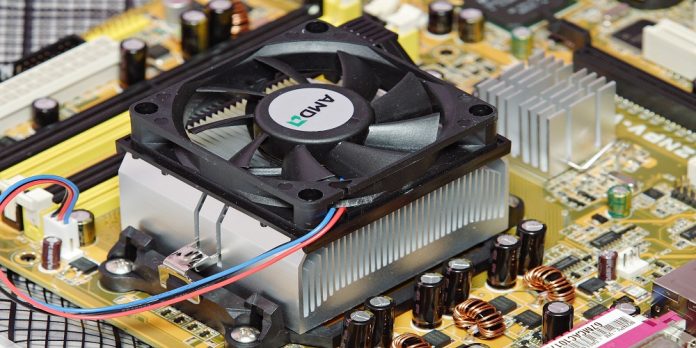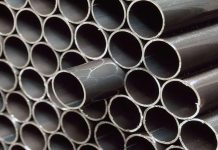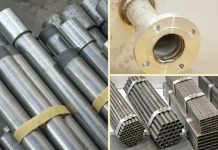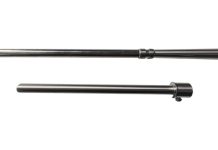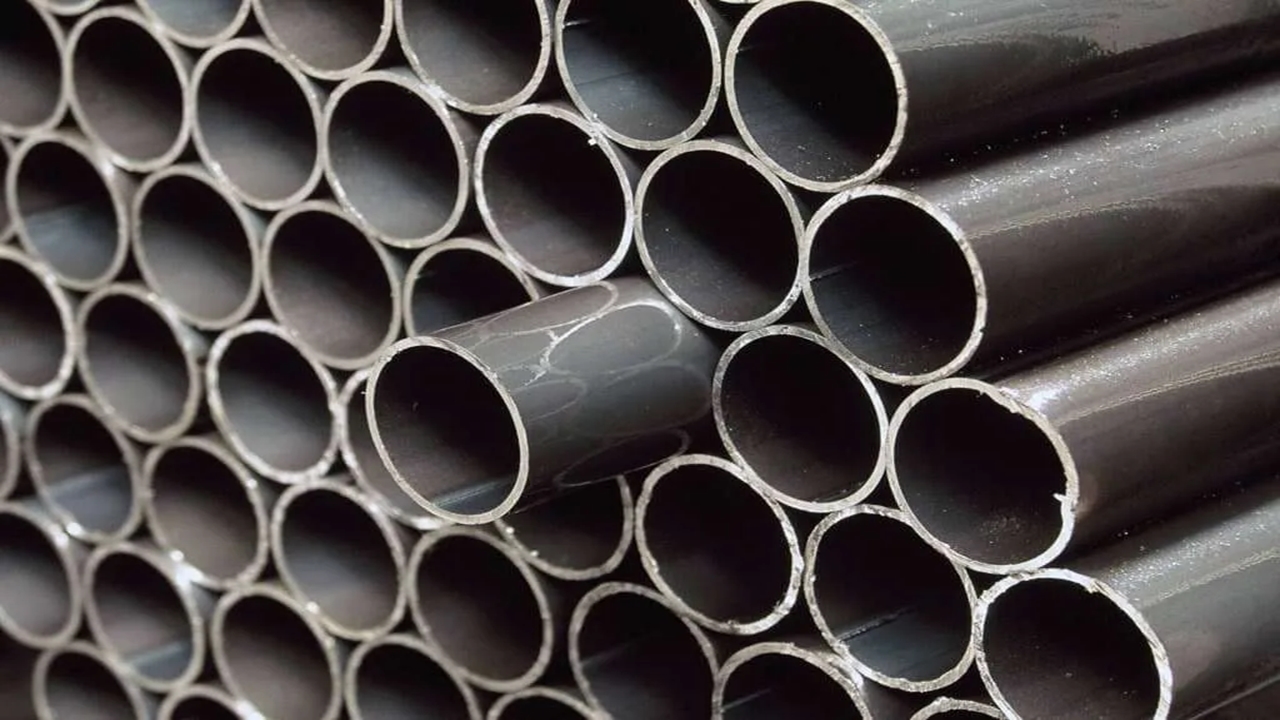The heat sink is a major component of many devices that help cooling their continuous usable parts. Both electrical and mechanical devices contain this component in their system. So, based on the device where the heat sink needs to install, these sinks are available in different types.
If you haven’t purchase a heat sink before, here are some common types of heat sinks that you need to know!
1. Stamped Heat Sinks
These sinks are created by stamping out the fins from a metal sheet. Their main advantage is their low cost and ease of production, but they also have several drawbacks.
- First, they’re not very efficient at dissipating heat because they don’t use any vaporization cooling technology; instead, they rely on convection alone to carry it off into the air.
- Second, stamped fins can only be used on integrated circuits (ICs) designed specifically for them; you won’t find stamped fins on CPUs.
Stamped fin arrays are also limited in size. There’s no way for them to fit into smaller spaces like RAM modules or motherboards without sacrificing performance because each additional fin increases resistance, reducing efficiency further. If this sounds like something you’d like to avoid, here are some other recommended types for you!
2. Bonded Fin Heat Sinks
Bonded fin heat sinks are made of multiple layers of aluminum. The fins are bonded together with a metal adhesive. The bond between the fins is stronger than the bond between individual aluminum sheets because it is formed by applying pressure to both sides simultaneously, which prevents gaps from forming between them (which would allow air or other contaminants to get into your system).
3. Extruded Aluminum Heat Sinks
Extruded aluminum heat sinks are made from extruded aluminum. This type of heat sink is cut into the shape of a flat plate, which can be mounted on a computer’s motherboard or other electronic devices.
Extruded aluminum is a thin sheet of aluminum that is cut into the shape of a heat sink. In addition, it has been used for many years because it’s relatively cheap, easy to manufacture, and resistant to corrosion by moisture or foreign substances such as dust particles (which might otherwise interfere with proper operation).
4. Skived Fin Heat Sinks
Skived fins are cut from a sheet of aluminum and then machined to create the shape of the fin. They are not as efficient as other types of heat sinks, especially when compared to solid-state devices that utilize fins made from pure copper or other materials. However, skived fins can still be used in low-power applications where they’re less important than high-performance models.
5. Liquid Cooled Heat Sinks
Liquid-cooled heat sinks are used to cool electronic devices. These include computers, mobile phones and tablets, televisions, video game consoles, and gaming PCs. In many industries, such as medical equipment and the aerospace industry, liquid-cooled heat sinks are also used for cooling applications.
Other than these types, the heat sinks are also available in materials like aluminum and copper heat sink.
Conclusion
Hopefully, this guide will help you decide which heat sink type is best for your device. If you haven’t placed your order yet, visit Winshare to check the endless varieties of heat sinks.

